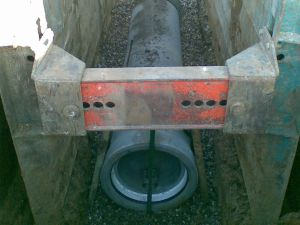ISO has developed an all-round approach, providing a series of guidelines for businesses, government, non-government and industries to adhere to. These guidelines outline the protocols that must be adhered to by all.
The ISO 14001 outlines the basic requirements for the successful execution of a wealth of different environmental management systems. The body assists businesses and organisations, affording them the opportunity to take the right steps to become environmentally sustainable. This allows the business or institution to manage their activities so that their business can be considered environmentally-conscious.
ISO 14001 Defined
The International Organisation of Standardisation (ISO) updated the ISO 14001 in 2004. In simple terms, the 14001 aims to reduce the waste created by businesses and institutions and to diminish the pollution created by their operations.
ISO has a number of standards that specifically deal with environmental issues. ISO 14001: 2004 devises a structure whereby businesses and institutions can adopt a strategic approach to plan and tackle its environmental policy effectively.
Additional Benefits:
The additional benefit of incorporating the ISO 14001 policy is that the policy can help organisations demonstrate that their environmental awareness and management is sound. This can be demonstrated across the world to a wealth of different businesses and institutions.
How to achieve an ISO 14001 accreditation
Achieving ISO 14001 accreditation is a straightforward process, but one that isn’t achieved overnight. There is a stage by stage procedure to the certification process. Leading providers can guide you through the stages. The quotation itself will be based upon a number of different factors, such as your organisations activities, how many locations you operate from and the amount of people in your employ.
Once the preparation has been done, the next stage is your application. You will be assigned a lead assessor who’ll be your principal contact throughout the registration process. The assessor will build-up a detailed knowledge of your organisation and be able to answer any questions.
The third stage is to undertake a pre-audit assessment, conducted by your assessor. This will assess your current environmental management arrangements. A report will be detailed and from this any required action will be decided.
The fourth stage is the formal Audit Assessment, arranged by your lead assessor. Once completed, you will be informed of the auditor’s recommendation before leaving the premises.
With these formalities concluded, you’ll be registered and issued with a certificate indicating your conformity to the ISO 14001 standard. Those that desire to maintain their registration over a prolonged period will be subject to continual assessment, ensuring that you meet the requirements of the ISO14001: 2004 criteria.



